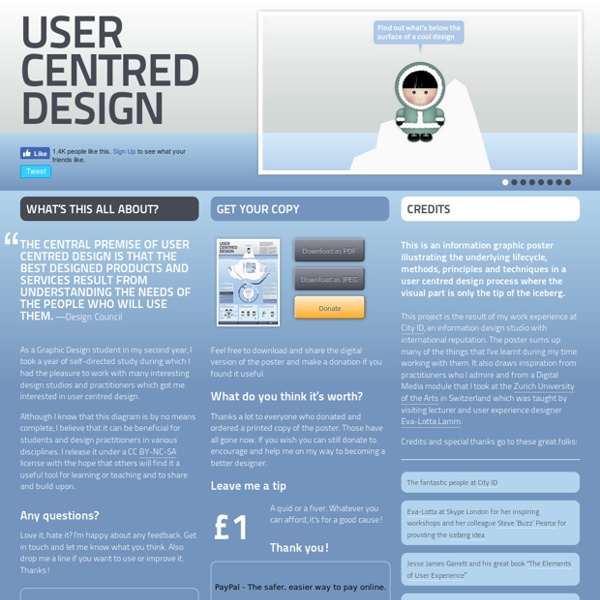Lean Strategy for UX Design
Last Fall, we were working on a product for a client whose industry was undergoing substantial disruption. The project involved a robust upfront discovery piece running the full gamut of customer insights, competitive analysis, and even business model exploration. We undertook lots of primary and secondary research, thoroughly analyzed the data, and generated a nicely synthesized plan. When we presented our carefully crafted strategy to the client, they were happy and agreed to have us go ahead with the design phase. Then circumstances caused the brief to change. Huddling together as a team, we decided to try something that seemed bold at the time. This time around, there was no PowerPoint deck. In retrospect, what seemed at the time to be an almost reckless attempt to salvage a project in distress turned out to be the right course of action. What Lean Strategy Means What Took So Long? So what took us so long to discover the merits of lean strategy? 1. Think fast: What is strategy? 2. 3.
Social Design Strategy
Great products and services depend on their users having great experiences. But it’s not about what users do or how they do it, but rather why. Why they do what they do, why they keep coming back, and why they tell their friends. I’ll tell you a quick story. That story in and of itself is not a big deal. In these cases and when we are faced with more subjective questions such as, “Where’s a good Italian restaurant?” Communities are very useful. And though we have all kinds of relationships in our lives—with coworkers, neighbors, or brands, and long lasting or short lived, formal or intimate—it’s with our strongest ties that our trust lies. So when my close friend in New York tells me about a place I should visit, I trust her opinion and that she knows me well. Trust is built through this conversation. The Three Principles of Social Design I like to diagram this using concentric circles, with identity in the center, conversation in the middle, and community on the outside. Listening
Coping with Over Four Hundred Devices: How Netflix Uses HTML5 to Deliver Amazing User Interfaces
Note: Every so often, we’ll be publishing a “feature”, an in-depth posting on a topic we care about that involves much more effort than we’re able to invest on a regular basis. Time will tell how often we produce these; probably will be monthly or bi-monthly. Please let us know what you think of this one and what other areas you’d like to see us explore in the future. Thanks! Today’s fragmented browser and device landscape make yesterday’s cross-browser incompatibilities look like a walk in the park. But for a company like Netflix, dealing with this issue is the least of their worries. We assumed that in order to support this kind of breadth, Netflix must have setup an API and rely on third parties to create these hundreds of software experiences. Surely Netflix must have partnered with some kind of software consulting shop or platform vendor to accomplish this, right? We’ve seen some swanky offices in the Valley, but Netflix is truly in a league of its own. The PlayStation 3 “Really?”
The Most Important Design Real Estate on Your Site
This is a guest post from Anthony Licari – a sponge that’s regurgitating information and data in a functional manner on his amazing blog. Your site is full of real estate and almost all of it is trying to grab the visitors attention as quickly as possible. It could be argued that all real estate on your site is important, if you feel like being a pedantic whiny face. There are some areas, one in particular, that deserves extra love. Over there in the right hand sidebar near the top. That’s one of the main focal points for directing traffic around your site. … Why? I realize you might have paid for a big fancy logo and installed some nice jQuery menu to direct visitors but this little piece of real estate is as valuable. “Cool, I know the definition of asymmetry, so what?” I used the same overlay for both images and yes both are landing on white space or inbetween elements. What Should I Do With My Real Estate? How to Devalue Your Real Estate So What Can Her Lips Do? What Have We Learned?
Better First Impressions Through Design
Much of UX for the Web focuses on the experiences users have while they’re interacting with a website or web application. But that focus neglects a key part of the user experience: the first impression visitors have when they initially discover a product or company. Whether it’s through a Facebook ad, banner ad, or landing page, these first impressions either help bring in new customers or they can result in lost revenue and wasted advertising dollars. Unfortunately, the design of banners and landing pages for customer acquisition is typically neglected, with much of the time and effort instead going toward the optimization of the ad distribution, not the creative. This practice hurts conversions. First Impressions Matter We all know that the vast majority of display ads go unclicked and unnoticed. Let’s look at a sample campaign to see how this plays out: Scenario 1 You spend $10,000 on ad placements for a new product, and only $250 for the design of your banners and a landing page.



